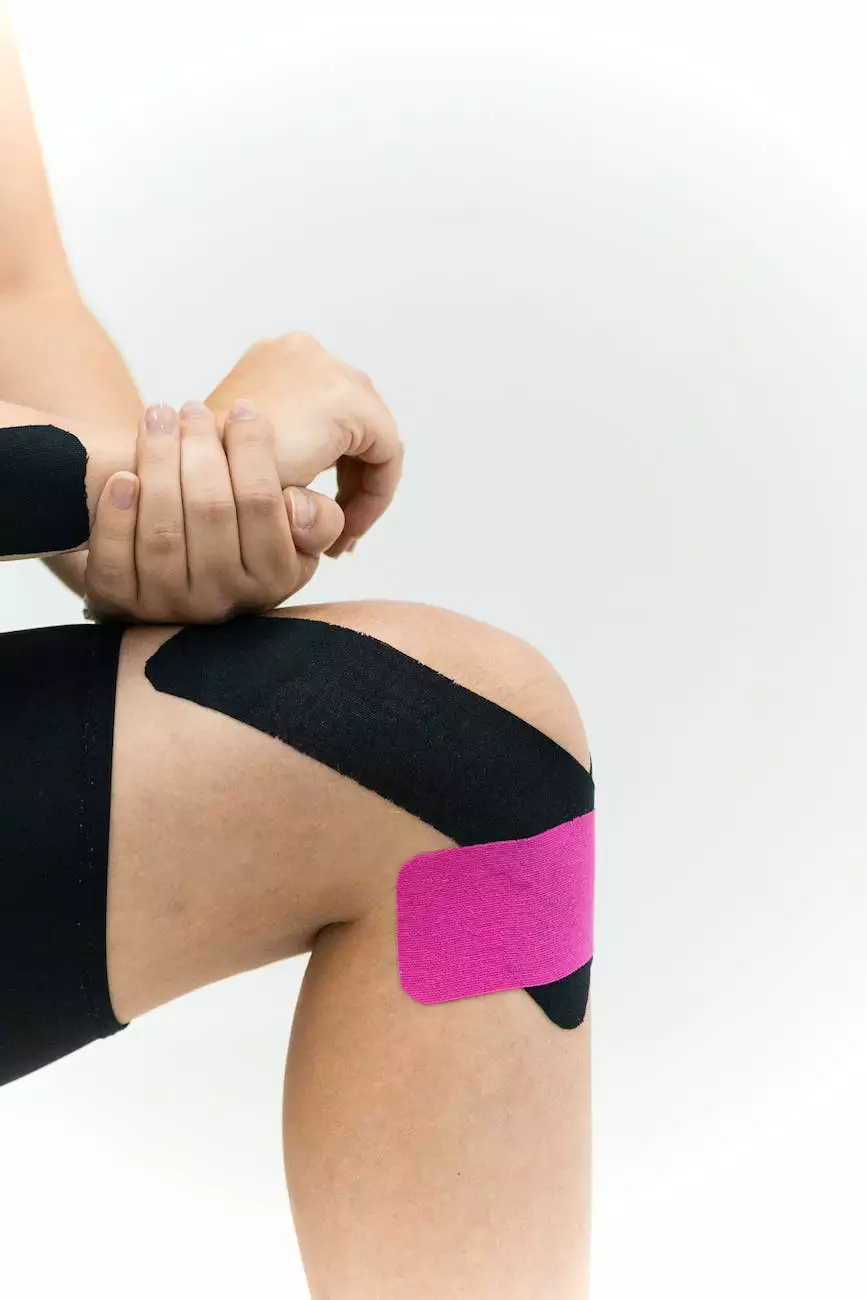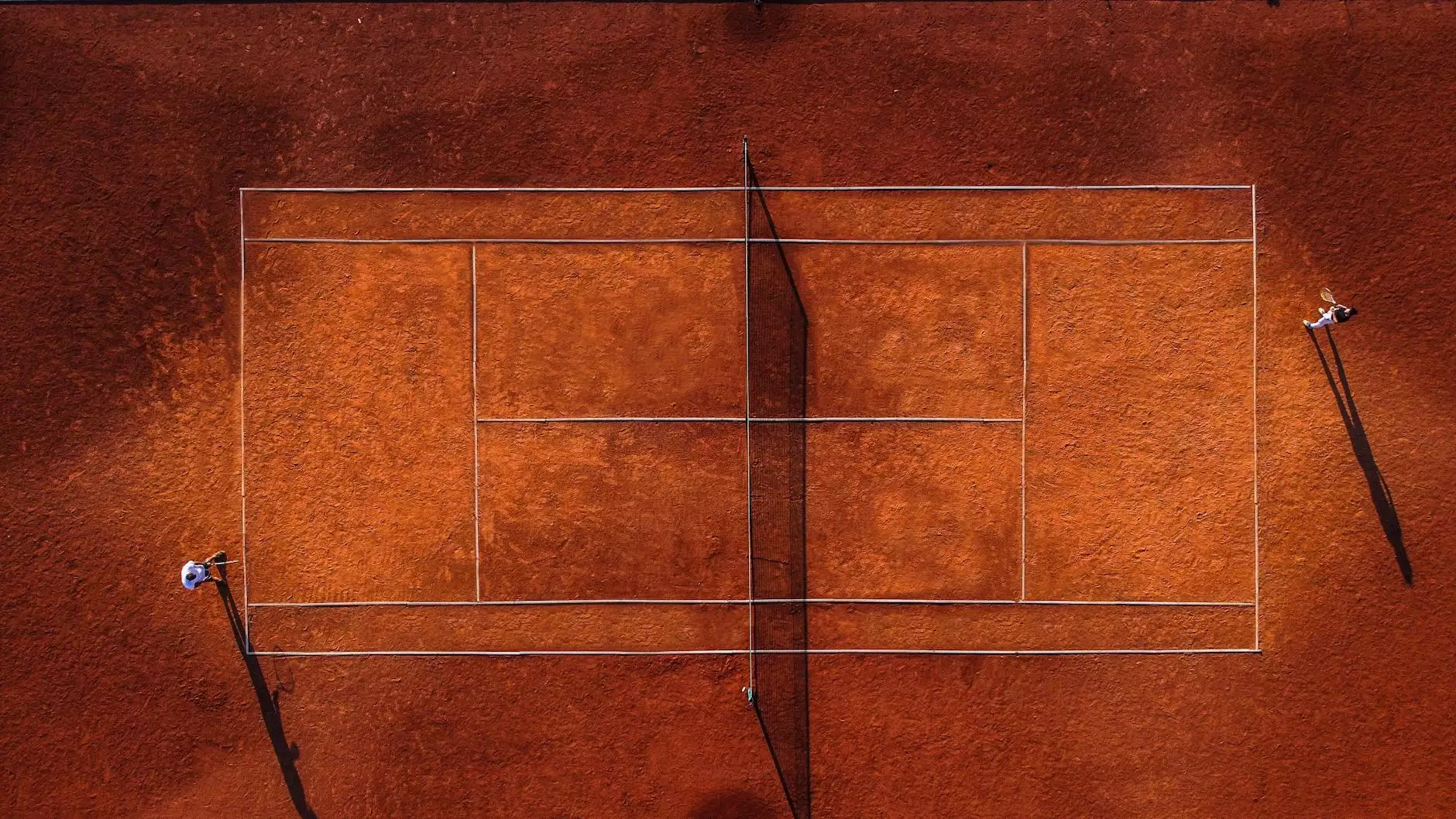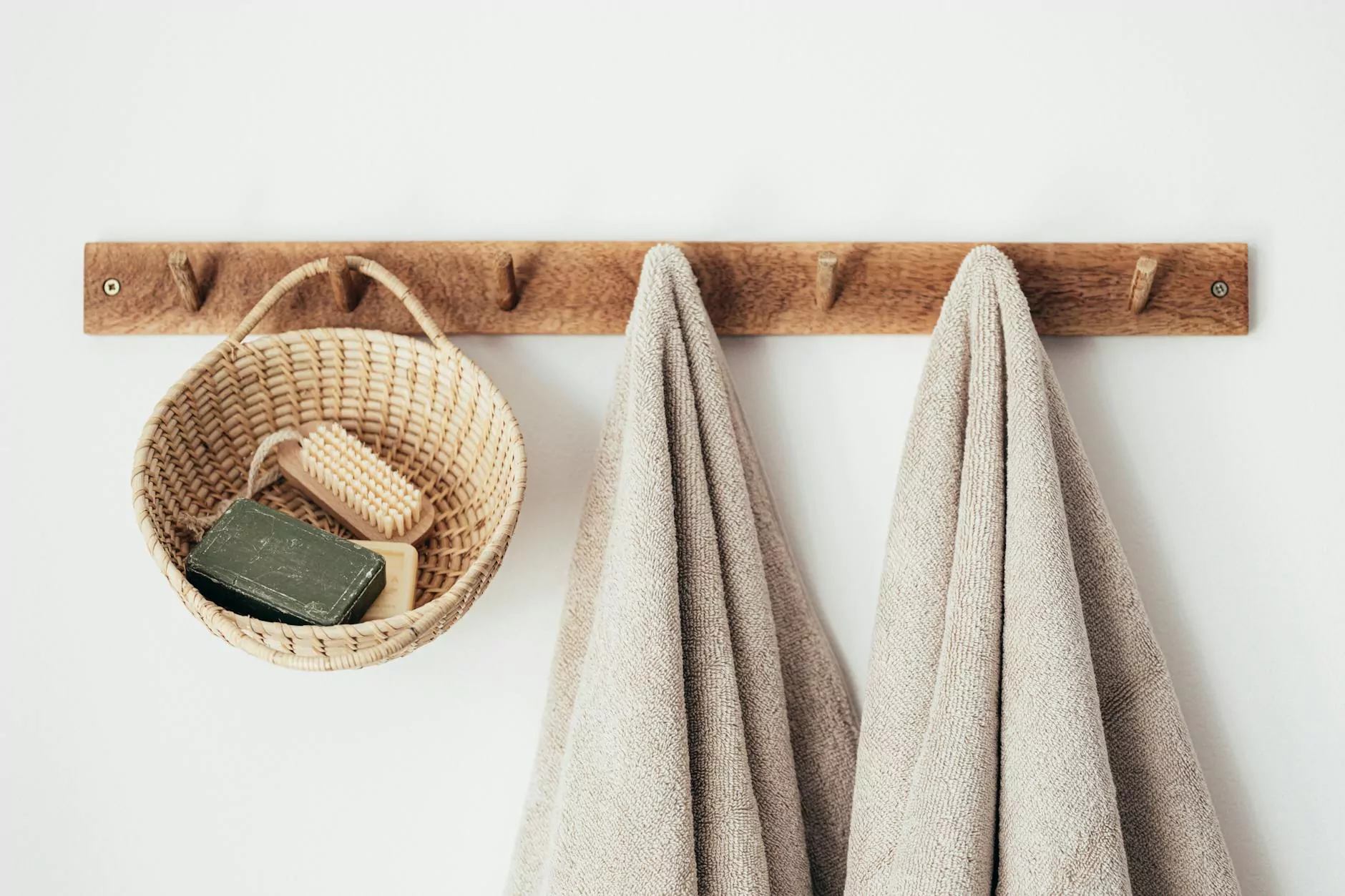A Step-By-Step Guide to Gardening With Chronic Pain

The Impact of Gardening on Chronic Pain
Gardening is a wonderful activity that can bring joy, tranquility, and a sense of accomplishment. However, for individuals living with chronic pain, it can sometimes feel like an impossible task. At Regency Square Care Center, a trusted provider of geriatric and aging care services, we understand the challenges faced by those with chronic pain but believe that gardening can still be accessible and enjoyable. In this comprehensive guide, we will walk you through the step-by-step process of gardening with chronic pain.
Preparing Your Garden
1. Choose the Right Layout and Design
Creating a garden layout that accommodates your unique needs is crucial when dealing with chronic pain. Consider raised beds or container gardening to minimize bending and kneeling. Opt for paths and walkways that are wide enough for easy maneuverability, ensuring you can navigate your garden comfortably.
2. Select Ergonomic Tools
Investing in ergonomic gardening tools can significantly reduce strain on your body. Look for tools with padded handles and long handles to minimize bending. Lightweight tools made from durable materials are also recommended. These tools not only make gardening easier but also promote better posture and reduce the risk of muscle fatigue or injury.
3. Create a Comfortable Seating Area
Gardening doesn't have to be only about getting your hands dirty. Set aside a designated spot in your garden for a comfortable seating area where you can take breaks and rest. A garden bench or a sturdy chair with cushions can provide a supportive and restorative place when your body needs a break from physical activity.
Gardening Techniques for Chronic Pain Relief
1. Warm-Up and Stretch
Prior to starting your gardening session, it is important to warm up your muscles and stretch. Perform gentle stretching exercises that target the areas most affected by your chronic pain. This will help improve flexibility, reduce stiffness, and minimize discomfort while gardening.
2. Practice Proper Body Mechanics
When gardening with chronic pain, it is essential to maintain proper body mechanics to avoid unnecessary strain. Use your leg muscles instead of your back when lifting heavy objects or bags of soil. Take frequent breaks, change positions, and avoid repetitive movements that can exacerbate your pain.
3. Utilize Assistive Devices
If certain tasks in your garden are particularly challenging due to chronic pain, consider utilizing assistive devices. Long-handled tools, kneelers or garden stools, and carts can make it easier to reach difficult areas or transport heavy loads. Explore options that suit your specific needs and make gardening more manageable.
Maintaining Your Garden for Long-Term Success
1. Prioritize Plant Selection
Choose plants that require minimal maintenance and are suitable for your climate. Opt for low-maintenance perennial plants that will come back year after year, reducing the need for replanting. Consider drought-resistant plants that require less watering, which can help conserve your energy and minimize discomfort.
2. Implement Smart Watering Techniques
Watering your garden can be physically demanding, especially when dealing with chronic pain. Install a drip irrigation system or use soaker hoses to ensure efficient and targeted watering. These techniques can reduce the amount of manual labor required, alleviating strain on your body and conserving water in the process.
3. Practice Self-Care
Remember to take care of yourself throughout the gardening process. Stay hydrated, wear appropriate protective gear such as a hat and sunscreen, and listen to your body's cues. If pain becomes overwhelming or persists, take a break and consult with your healthcare provider. Your well-being is paramount.
Conclusion
At Regency Square Care Center, we believe that gardening should be accessible to everyone, regardless of chronic pain. By following this step-by-step guide, you can create and maintain a beautiful garden while minimizing discomfort and strain on your body. Remember to pace yourself, prioritize self-care, and enjoy the many benefits that gardening can provide. For more information and resources on geriatric and aging care, feel free to explore our website.










